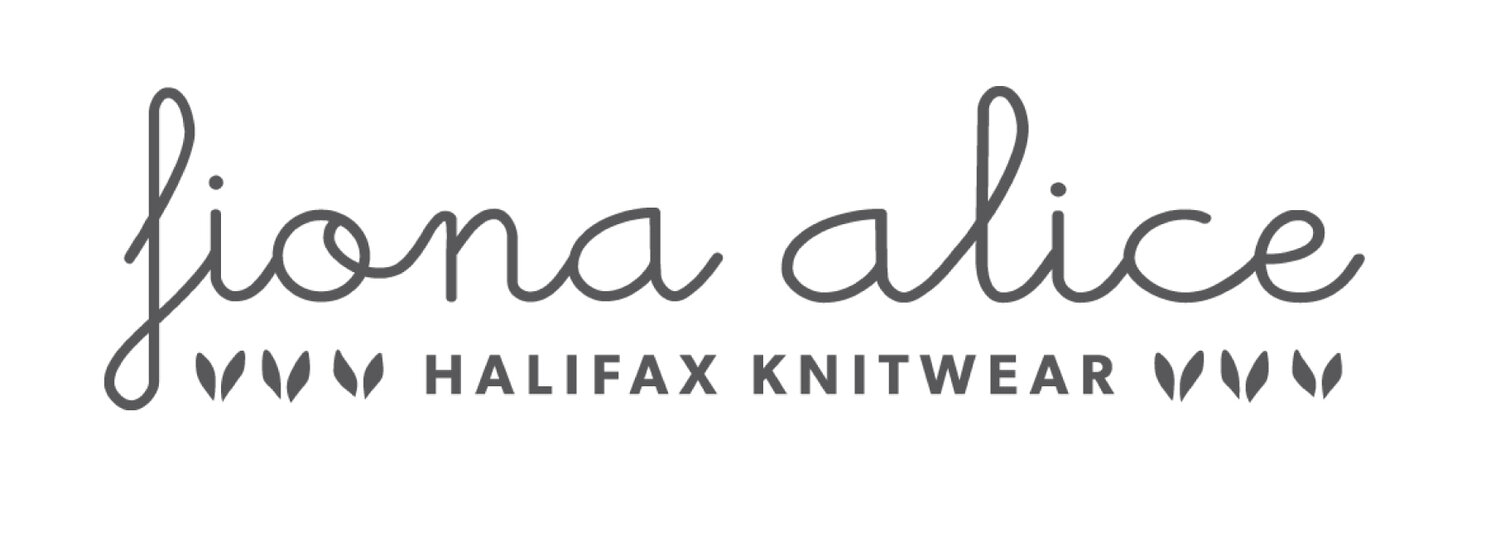My knowledge of Muhu was very limited before traveling to this small island. All of my information about Muhu and its culture came solely from the various Estonian knitting books Loop stocks. During down time in the shop, I've flipped through the pages and gazed over the photos of some of the most colourful and intricate patterns I've seen of traditional knitwear. So, when Eero and I talked about the possibility of traveling to Estonia, I asked about the chances of visiting Muhu. I really have him to thank for indulging my curiosity and putting this trip together and also to his family friends for lending us their summer cottage, conveniently located on Muhu!
We stayed in their restored Estonian farmhouse, the perfect place to settle in for the weekend and explore Muhu and Saaremaa. Unfortunately for us, the weather was the only thing not co-operating and it rained the whole weekend. We even lost power a few times due to the strong winds from a storm brewing over the Baltic Sea. One morning, when we thought we had regained power, we traveled to the Muhu Muuseum only to find they were without power too. We stayed to explore the dark homes and farmhouses which are a part of their open air museum.
Since there was no power this meant their exhibition of Muhu's national textiles and costumes was completely in the dark. However, I'm still happy to have had a quick glimpse of these examples I had gotten to know through books such as Designs and Patterns from Muhu Island and Estonian Knitting. I feel very fortunate to have visited this quiet and understated place because I know many knitting enthusiasts would not have the opportunity to visit this remote island.
The next few photos were taken at Lõngapood Kuressaare, a small craft supply shop I stumbled across on the main street in Kuressaare. A pleasant find was the DIY embroidery outlines to get you started on your own piece inspired by traditional Estonian floral motifs. I brought home a handful of colours and few outlines to try myself when I can find the time.
Another souvenir I brought back was this knitting book, Parimusluksus: Luxury in Tradition by Estonian designer and author, Heli Väärtnõu-Järv. I admire how she's combined century old techniques and Estonian folk art as inspiration for modern day garments. I also love the addition of her paintings throughout the book. When I begin the designing process for a new piece I often start with a drawing of what I hope to create. Some of these drawings can be found in my book Take Heart. However, I would love to add a fine art element to some future designs.




















